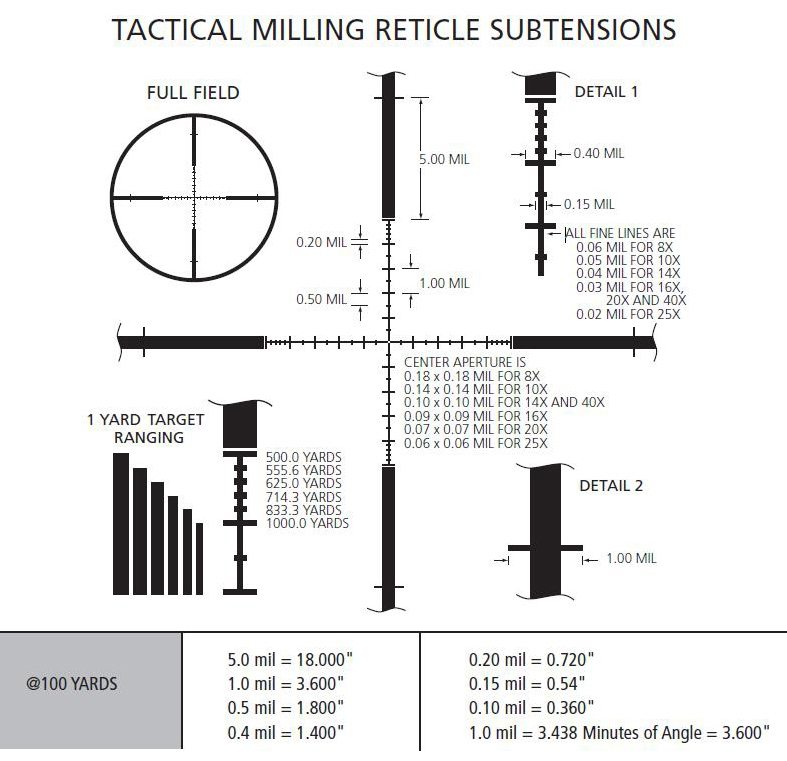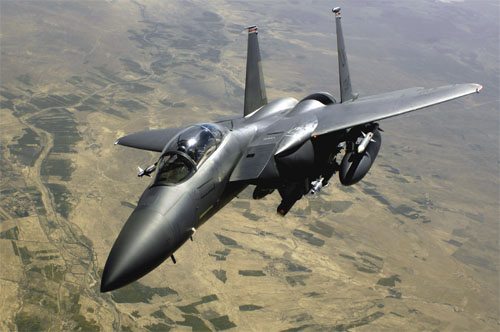Forecast International , NEWTOWN, Conn: A new study by Forecast International projects a gradual yet steady decline in deliveries of new military fixed-wing training aircraft over the next 10 years. While a fair number of the world's air arms have stated requirements for new trainers, many of these needs have largely been postponed in recent years as shrinking defense budgets have been applied to higher priorities.
Two significant trainer programs are currently under way in the U.S. – the Navy's Boeing/BAE T-45 jet and the joint Navy/Air Force Raytheon T-6A turboprop programs – but the former is in its final stages and thus will contribute to the overall decline in deliveries.
Russia has a long-standing requirement for 250 new advanced jet trainers, trimmed from an original inventory goal of 700+ units, but has been unable to fund more than a token number of Yak-130 and MiG-AT types to date. Both Yakovlev and RSK MiG are scrambling to line up export orders but no contract has yet been announced. Previous reports that Poland would purchase MiG-ATs and set up a line to produce the aircraft under license appear to have been premature.
Meanwhile, the multinational Advanced European Jet Pilot Training (AEJPT) program is marking time. It remains to be seen whether the 12 participating nations can come up with a common set of specifications and/or the funds to purchase the new aircraft. The EADS Mako and Aermacchi M-346 are the most likely candidates, although Forecast International aviation analyst Bill Dane notes that “EADS appears to be losing interest in its design and, in any case, has built only a mock-up to date.” He adds that Aermacchi has flown its M-346 and has inked a preliminary collaborative agreement with the Greek government.
In Asia, the Korea Aerospace Industries (KAI) KT-1 turboprop and T/A-50 advanced jet trainer are both being marketed outside Korea; Indonesia has taken deliveries of seven KT-1s. The Sino-Pakistani HAIG/PAC was to have been acquired by both countries, but Pakistan has abandoned plans to assemble 50 aircraft locally and has reportedly cut its planned buy to about 32 aircraft.
Following more than 10 years of off-again/on-again negotiations, India finally selected the BAE Hawk as its new Advanced Trainer, and Hindustan will assemble the bulk of the 66-unit order under license in India. Hindustan will also build the indigenous HJT-36 trainer, fitted with a Turbomeca Larzac engine.
This market continues to exhibit a trend of new candidate aircraft being developed and produced in countries that previously procured their equipment outright or assembled them under license from the major Western manufacturers. This scenario has evolved in recent years and is clearly an irreversible one resulting in greater competition and diluted potential market shares at a time when many world air arms are actually reducing both their inventories and flight hours.
Trainer shipments are projected to total 1,057 units during the first five years of the forecast period, thereafter falling to 978 during the second five-year period. Output could rise somewhat higher in the outyears should the multinational AEJPT project kick off in a more timely fashion than currently forecast.
In terms of sales revenues, Korea Aerospace is projected as the market leader, with a 20.4 percent market share on sales of $3.6 billion. KAI will be trailed by Raytheon (20 percent), BAE Systems (16.9 percent), the as-yet-unselected manufacturer of the AEJPT (8.5 percent), and India's Hindustan (8.4 percent).
In the future, manufacturers seeking to accrue a respectable share of this market will have to weigh the cost of incorporating a light attack capability into their candidate aircraft for a broader market appeal against offering a competitively priced design which will adequately meet a given air arm's training needs. Finding the proper trade-off may prove to be a tightrope act. Nonetheless, those manufacturers that come up with the right mix can expect to participate in a market currently estimated at nearly $18 billion over the next 10 years.
Forecast International, Inc., is a leading provider of market intelligence and analysis in the areas of aerospace, defense, power systems and military electronics. Based in Newtown, CT, USA, Forecast International specializes in long-range industry forecasts and market assessments utilized by strategic planners, marketing professionals, military organizations, and governments worldwide.









